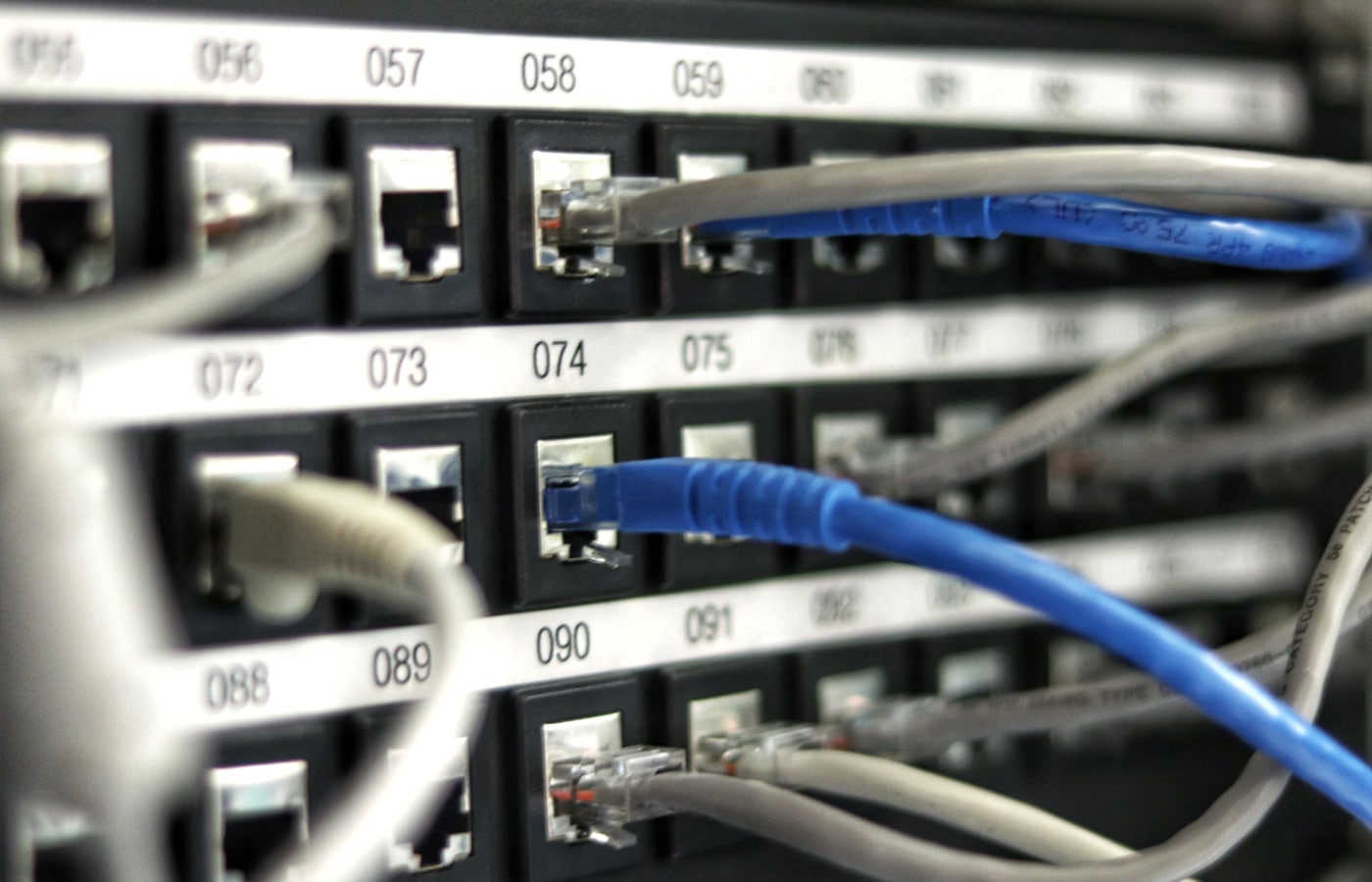Why Is Software Asset Management Important?
Whether you are fearing a software audit, dealing with contract negotiations with a software vendor or simply would like to save money on the software that you have deployed, software asset management can prove incredibly useful.
It can save your company money, improve relationships with your vendor and allow you to effectively deploy new software into your system with the confidence in knowing that it is being well-handled.
Software asset management can be confusing but that doesn’t prevent it from serving as a smart investment for any thriving business. At MetrixData360, we are experts at software asset management, and we will work with you to save your company money, for more information about Software Asset Management, check out our SAM Services page.
How to Save Money on Your Software Licensing
In times when businesses are looking to save money on software, you’ve probably heard about software asset management as an option but aren’t exactly sure what it is, which isn’t that’s surprising. While SAM can save your business thousands of dollars every year, it’s still not commonly known or understood. Because the MetrixData360 team deals with licensing compliance, software contract negotiations, and software optimization, we understand the value of SAM and how it can help save your business money. So what is SAM and why is it such a vital asset to your company?
What is Software Asset Management?
Software Asset Management (SAM) is a subset of IT Asset Management (ITAM), along with Hardware Asset Management (HAM).
IT Asset Management deals with managing the lifecycle of technology assets to maximize their monetary value to the company. HAM deals with the physical elements of technology like desktops and servers, while SAM deals with the non-physical side of things, such as the software and their licenses.
Software Asset Management ensures that a company is paying for what they’re using and optimizing the effectiveness of the software programs.
Software Asset Management allows IT departments to effectively track software usage and maximize the value of software that has been deployed by tracking its usefulness throughout its lifecycle, until it is effectively retired.
That may not sound essential and for many companies, Software Asset Management is generally ignored as a later day’s problem. This is because Software Asset Management does not deal with tangible things; it is easy to forget about and it is not often that other, more powerful departments interact with Software Asset Management. For that reason, it is commonly not given the attention that it needs — until it’s too late.
ITAM is usually prioritized since it handles exclusively what is considered high value systems, such as the databanks that enable a business to run effectively. If there’s a system’s issue that inhibits the in-flow of money, then it’s ITAM’s issue. Since ITAM has an immediate and apparent value, it is often given the highest priority within an IT department and it is also given the most attention when it comes to budgeting.
For a more in-depth look into what SAM is in comparison to ITAM, check out our article ITAM vs. SAM.
Software Asset Management as Risk Management
SAM can put you in a better position to manage risk through knowing which software vendors are supporting which products and which products or versions they are no longer supporting.
Convincing the CFO that SAM is important can often prove the fruitless challenge of the CIO, but a necessary one nonetheless, since the CFO is often incorporated in the decision to deploy needed software.
The CFO’s primary interest is in return-on-investments. For that reason, SAM is often seen as unimportant, since effective software asset management is nearly invisible in the day-to-day workings of a company.
Good SAM means that nothing happens – your company is not given a few million dollars in penalties they have to pay out in a matter of weeks; you aren’t wasting copious amounts of money on software you don’t need; your department’s workday is not bogged down with useless hours spent chasing down pieces of data at the auditor’s requests; and business is allowed to just carry on as usual.
It can seem like a useless expense when examined from that perspective, but as the old saying goes, if you’ve done it properly, no one will notice anything’s been done at all.
However, software audits and SAM reviews can be expected from the top software vendors (Microsoft, IBM, Oracle, and SAP) at least once a year, and the costs from a poorly conducted software audit can be staggering and are almost always unbudgeted for. SAM, therefore, should be viewed as a security investment, like hurricane shutters. You put them up hoping you’ll never have to use them, but you’ll be thankful that you did when a hurricane comes.
Software Asset Management as a Money Saver
SAM can potentially save a large chunk of an already diminishing software budget.
If the IT department at your company is already being asked to do more with less, they’d be quite interested to know that the average company overspends on their software licenses by 60% while still being under licensed by 30% in other areas. That’s a lot of wasted software budget while still running the risk of having to pay the software vendor even more money.
SAM is how you level the playing field, as it can track where you are underspending and overspending by utilizing the types of data which will not even be brought up on the auditor’s data sheet during a software review.
If you are overspending in certain areas, it’s unlikely the auditors will bring it up to you, what does it matter to them? They’re only getting paid to find where you’re underpaying. Getting money back on your usage will mean money back into your IT departments for further innovation.
SAM can also cut down on soft expenses like maintenance, which can become quite costly if left unattended. Overspending with maintenance can take away from the overall value, but underspending on maintenance can lessen the quality of the software and its performance. Having a handle on the expenses around the software can be as important as the main licensing costs.
Put Power Back in Your IT Department
Software Asset Management will also allow you to track the usage of the software you already have deployed in your system; it can show you when you are under licensed so that you can address these issues internally without even having to go through the painful process of an audit.
You can work proactively instead of reactively to the auditor’s findings.
It will give your IT department the facts they need to prove the usefulness or lack thereof for software currently in your system. With that data they will have the power to project future usage and effectively argue for the deployment of future software. With this knowledge your company can plan where it will go with its software development.
Optimize Your Software Licenses with Software Asset Management
Knowing what is in your system will mean that when you and the software vendors meet for a contract renewal, you will be meeting on equal grounds. Your software vendors already have a good understanding of your spending and where you’re overspending; if they know more about your data than you do, they can tip the negotiations into their favor.
Many companies end up paying far more to software vendors than they need to because they lack an accurate picture of their software spending and usage. If you lack the data to know you’re overspending by 60%, then the 20% discount offered by the vendor seems like a sweet deal, but in reality, you’re not even breaking even.
Knowing your data will also mean that you will be able to accurately project how much software you will need in the renewed contract. Often companies take a guess at what they will consume, which is never a smart idea because you can either guess too high, which means you’re wasting money, or you can guess too low, which means that you will be exposing your company to a compliance gap in the next audit.
Having a strong sense of your software usage will allow you to buy your contracts focused on your future spending, not based solely on what you bought in the past. Your company is growing, after all, and you want your SAM to reflect that.












